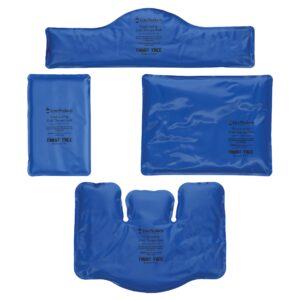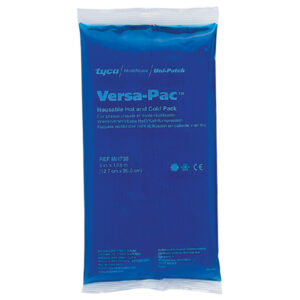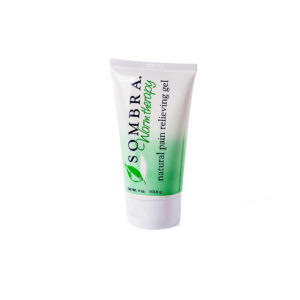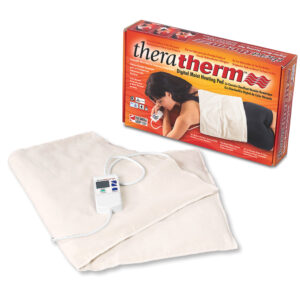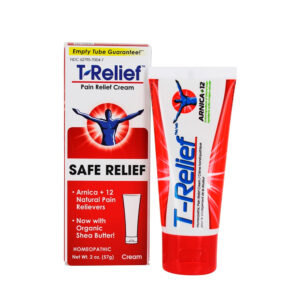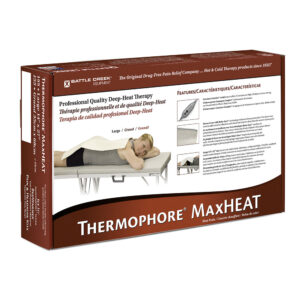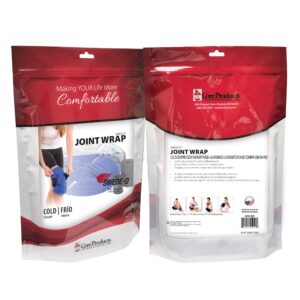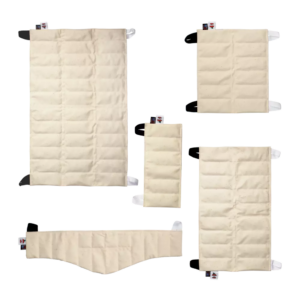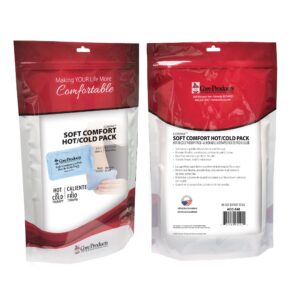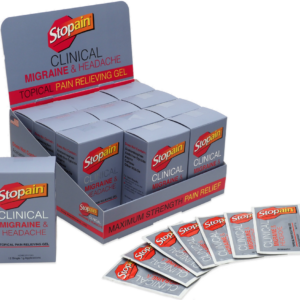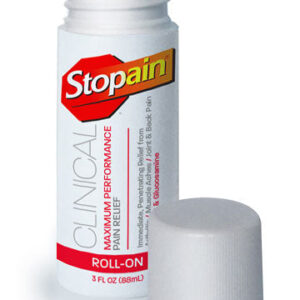Pain Relief
Frequently Asked Questions
What role does hot and cold therapy play in physical therapy care for pain relief?
Physical therapists frequently seek information on the benefits of hot and cold therapy in conjunction with their treatments. Hot therapy, such as heat packs or warm compresses, can help relax muscles and improve blood circulation, preparing the body for physical therapy exercises. On the other hand, cold therapy, using ice packs, can reduce inflammation and numb pain in the affected area. Understanding the appropriate use of hot and cold therapy allows physical therapists to create comprehensive pain management plans tailored to individual patient needs, enhancing the overall effectiveness of their care.
Are there specific gels and sprays that physical therapists recommend for pain relief?
Physical therapists often wonder about the suitability of various gels and sprays for pain relief. Topical analgesics, such as gels and sprays, can offer localized relief by numbing the skin or providing anti-inflammatory effects. Physical therapists may recommend products containing ingredients like menthol or arnica for their analgesic properties. However, it’s crucial to consider individual patient sensitivities and allergies when suggesting topical applications. By incorporating these external remedies into their treatment plans, physical therapists can provide patients with additional tools for managing pain between sessions.
Can hot and cold therapy be self-administered by patients at home between physical therapy visits?
Physical therapists often inquire about empowering their patients with at-home pain relief strategies. Yes, hot and cold therapy can be self-administered by patients as a complementary measure between physical therapy sessions. Recommending techniques such as warm baths, heating pads, or ice packs enables individuals to manage pain and inflammation independently. Educating patients on the proper application and timing of these therapies empowers them to actively participate in their pain management, fostering a collaborative approach to physical therapy care and promoting sustained relief beyond office visits.
How can physical therapists guide patients in choosing the right gels and sprays for pain relief?
Physical therapists are often consulted on the selection of gels and sprays for at-home pain management. Guidance in choosing the right products involves considering the patient’s specific condition, allergies, and preferences. Physical therapists may recommend topical analgesics with ingredients known for their efficacy and should educate patients on proper application techniques. By tailoring recommendations to individual needs, physical therapists empower patients to make informed decisions about over-the-counter remedies. This collaborative approach enhances the patient’s overall experience, making them active partners in their pain relief journey within the context of physical therapy care.

